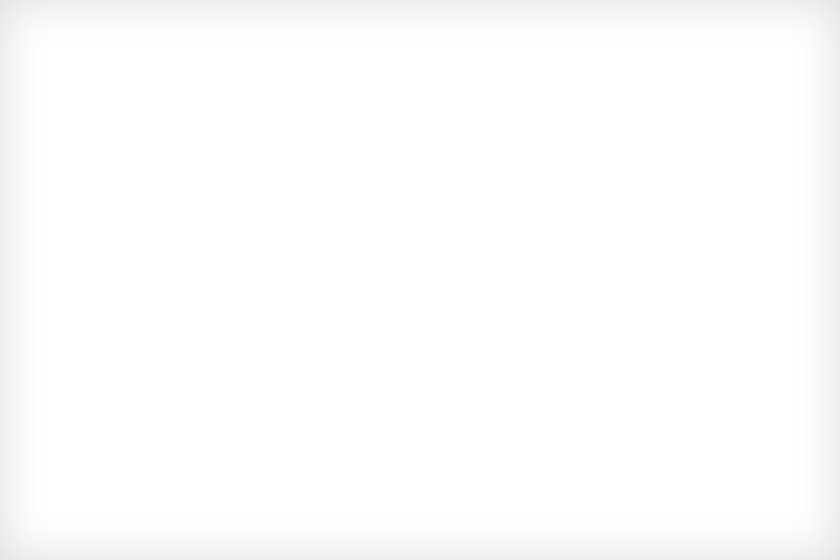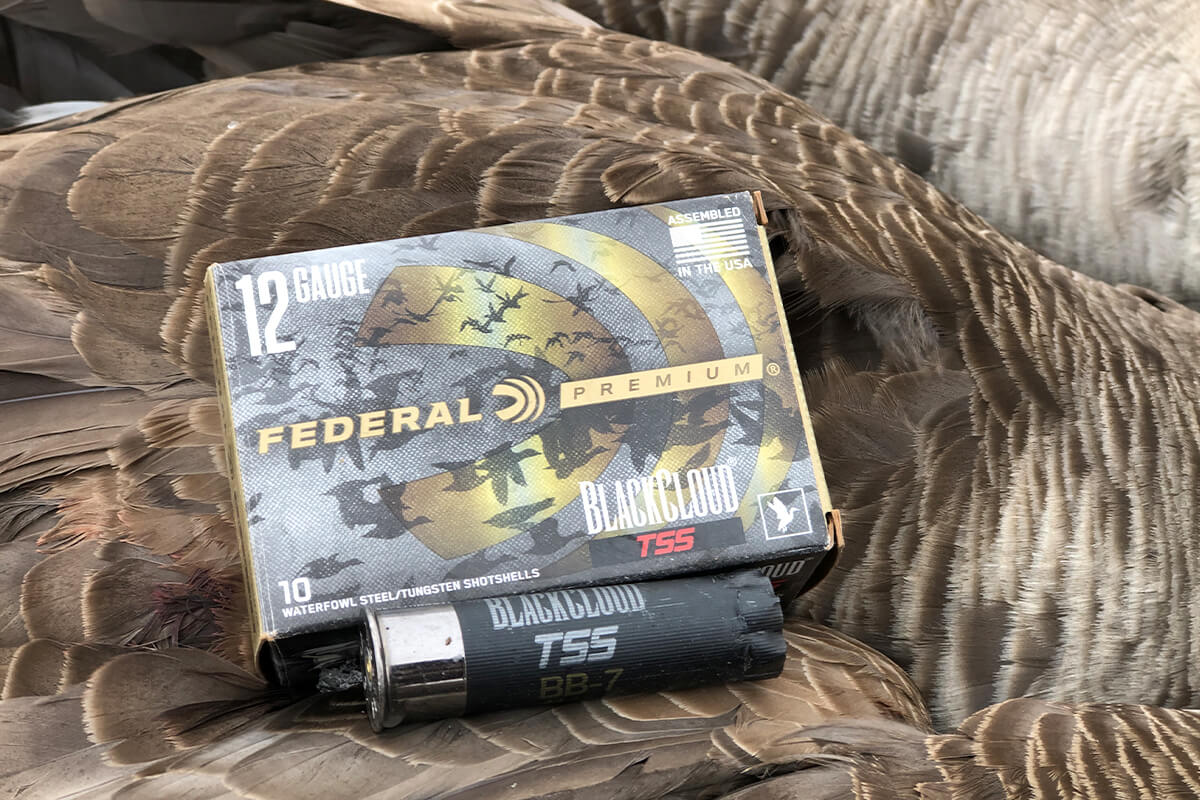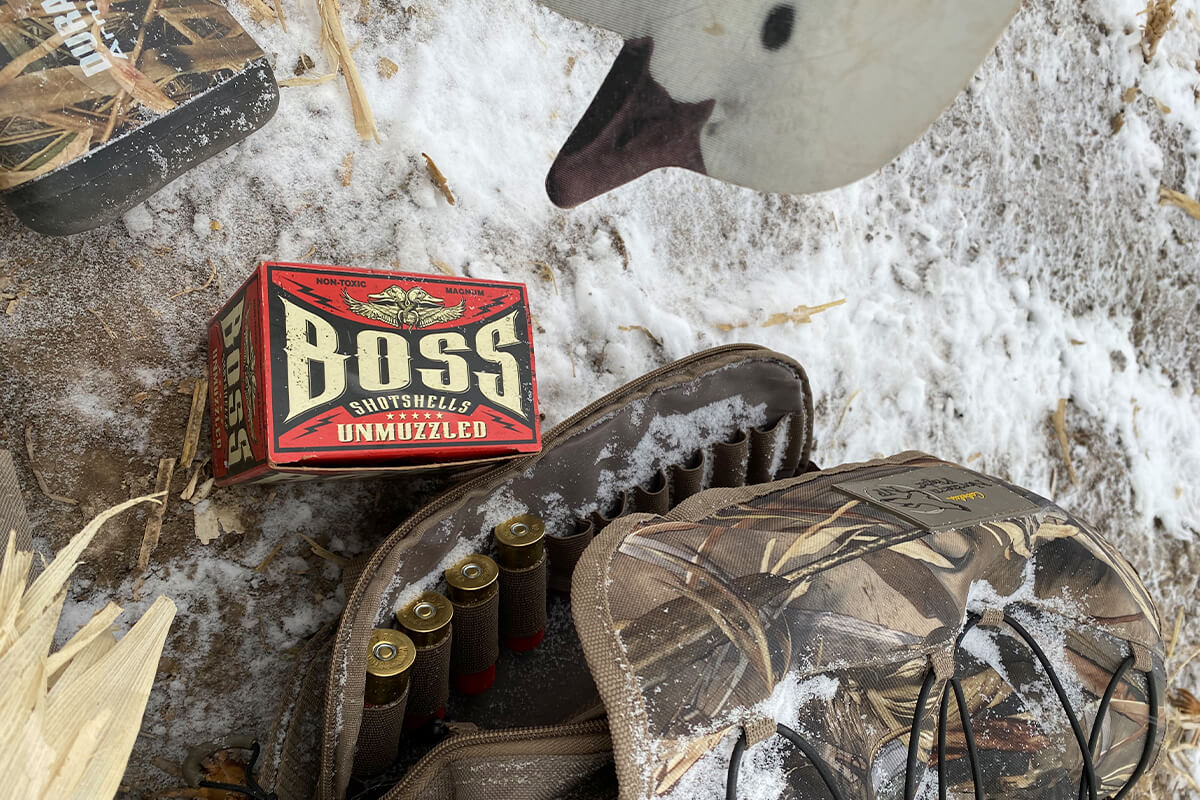
A new shotshell wave has been cresting as more and more non-toxic ammo options are becoming available. (Photo By: Jace Bauserman)
These Are the Good Old Days of ‘Fowling
Steel remains a popular and affordable option. It’s widely available and ready for most modern guns in duck blinds and goose pits everywhere. Volume shooters appreciate the lower cost and wide range of shell length and shot sizes available. While steel has some ballistic shortfalls, many wingshooters have learned to overcome them by pairing the right load and choke tube configuration for the species and the situations they hunt in.
Bismuth is a non-toxic shot, and its 9.6 g/cc (steel is 7.8g/cc) density helps the shot retain energy in flight and kill at longer distances. Like lead, bismuth is also soft, which means upon impact, it can deform a bit and cause more trauma and this malleability is superior to steel. It makes excellent wound channels and holds its speed over longer distances. Bismuth options come with an increased price point, but levelling up to bismuth can help to reduce your cripple count.
If you haven’t heard of Tungsten Super Shot (TSS), you must be living in a cave. Most waterfowlers prefer TSS over bismuth because it is up to 50 percent denser than lead. This allows waterfowlers to shoot tiny, dense, and fast TSS shot that provides excellent patterns and wreaks havoc on ducks and geese at extended distances. At a premium price point, TSS may or may not be your load of choice.

Puddle Ducks Over Decoys
I don’t think you’ll find a better greenhead whacker than BOSS Shotshells’ 12-gauge 2-3/4-inch #3/5. This 1-1/4-ounce shotshell pushes a healthy mixture of copper-plated #3 and #5 bismuth at a blazing 1,350 fps. With this load, you get maximum killing power and exceptional patterns. Smaller shot size means more pellets going through the air, and the copper-plated bismuth crumbles birds. I’ve had excellent success with this load on mallards between 20 and 50 yards, and it’s considerably more affordable than tungsten.

Trafficking Puddlers
Often, on a cold, windy day, it’s possible to shoot migrating mallards as they move from freezing ponds and reservoirs to flowing creeks and rivers. Whether I shoot the ducks as they come off the big water or try to suck them into my decoys, it’s hard to go wrong with HEVI-Shot’s HEVI-Metal in 3-inch #4 load. A mixture of quality steel shot layered with 9.6 g/cc bismuth, these 1- 1/4-ounce loads pack a punch. The #4 shot means plenty of pellets are in the air and traveling at 1,500 fps and put out a well-placed pattern. Winchester’s new Bismuth loads and those from Hevi, Remington, and Federal are all big improvements over prior generations of Bismuth, too.
Lesser Canada Geese Over Decoys
Lesser Canadas are much smaller than honkers, and when they’re back-pedaling over decoys, one of the biggest mistakes I see waterfowlers make is going with a 3-1/2-inch load of BB or BBB. Not only is this overkill for pellet size, but you’re putting fewer pellets in the air, and pure steel BB and BBB shot often doesn’t pattern as well as other shot sizes. What does pattern well, puts more pellets in the air, and crumbles 20- to 45-yard geese is 3-inch #2s in steel or #4s in bismuth. Yes, you could go a tad smaller on the shot size, but I killed two geese earlier this year—both on my third shot as they got toward the end of gun range. Neither were headshots, and both hit the ground deader than a doornail.
Large Canada Geese Over Decoys
I like killing giant geese. I don’t particularly love sailing them a mile into a neighboring field, sending them back to the roost carrying a leg, or chasing them around the decoys. To avoid these mishaps, Federal Premium’s 3-inch Black Cloud TSS BB and #7 is my go-to. You won’t find a better goose killer. The blend of FLITESTOPPER Steel BB and TSS (56 percent denser than lead) #7s creates a web of destruction, and thanks to those numerous #7 pellets, the web is wide. Effective killing distance on big honkers is much farther, and the FLITECONTROL FLEX wad significantly boosts pattern consistency.












































